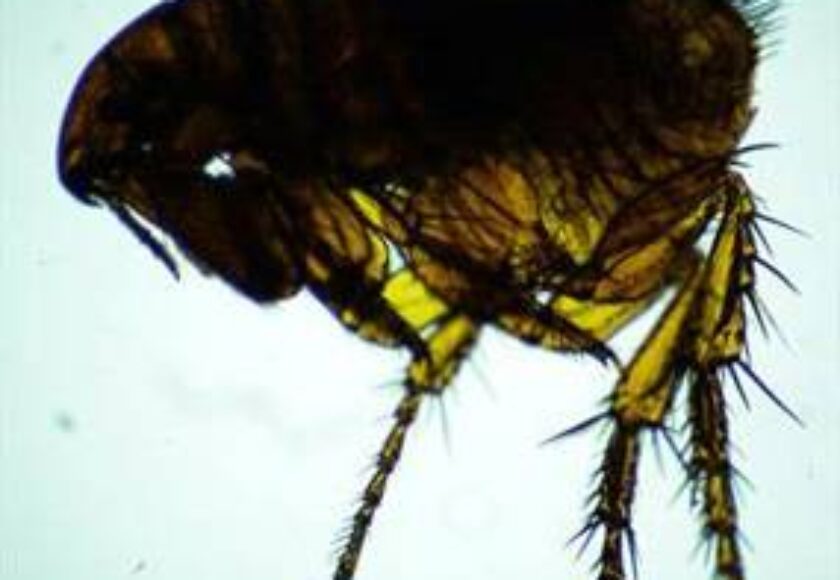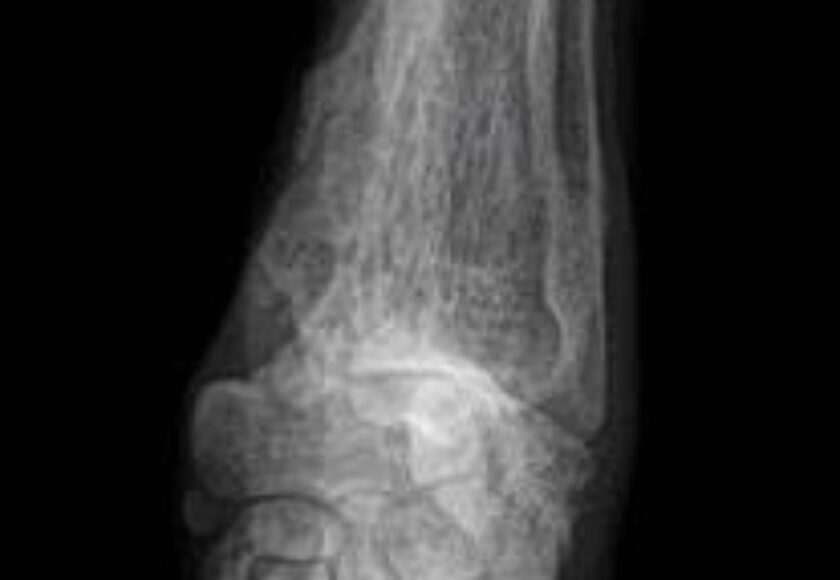Most pet owners know that chocolate is bad for dogs and can cause significant problems for a dog; cats are usually too finicky to eat it. But what signs of chocolate toxicity should you look for when you know your dog ate chocolate, and what should you do?
Signs to Watch For
The active ingredient in chocolate that causes problems with dogs is called theobromine, which is a distant cousin of caffeine.
Some of the signs are caused by excitation to the nervous system, like a caffeine overdose. Look for:
- Nervousness/restlessness
- Twitching
- Panting
- Seizures in severe cases

Just ingesting chocolate, which most dogs don’t typically eat every day, can cause an upset stomach. In these cases, you can see:
- Vomiting
- Diarrhea
- Abdominal pain
- Lack of appetite
If you notice any symptoms after your dog eats chocolate, it’s best to have them evaluated by a veterinarian or emergency clinic quickly. The theobromine can also cause a dangerously rapid heart rate and high blood pressure, both of which may require treatment.
What to Do
A small amount of milk chocolate, like the amount found in a chocolate chip cookie, is not a problem.
For larger, recent exposures, just getting your dog to vomit the chocolate is enough. Your veterinarian or local emergency clinic can help you with this, so call them if your dog has ingested chocolate. They can help you decide when, how, and where to induce vomiting and if further therapy is needed. In cases where a dog is showing signs of chocolate toxicity, they can also start treatment and contact an animal poison control center for guidance.
The ASPCA National Animal Poison Control is available 24 hours a day at 888-426-4435. Expect an initial consultation fee of around $100.00 and additional follow-up is at no charge. You will be assigned a case number your veterinarian can use to communicate with a toxicology specialist before beginning treatment.

